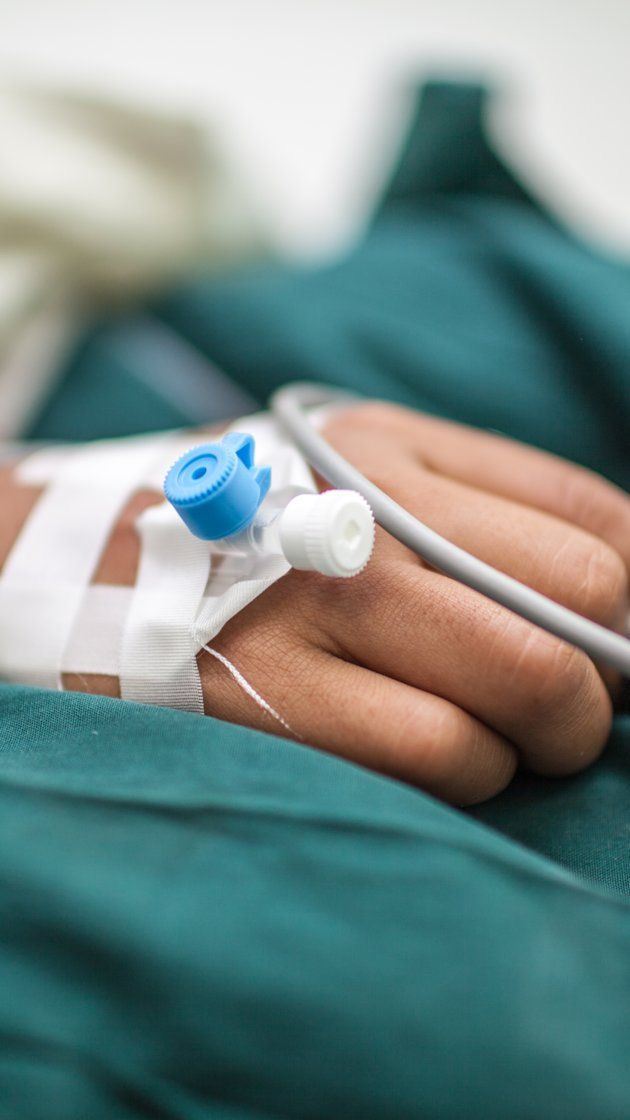
Malnutrition is a critical issue in intensive care units (ICUs), where patients are often unable to eat due to their medical condition. Without proper nutrition, these patients face:
🚨 Weakened immune systems
🚨 Poor wound healing
🚨 Increased infection risk
🚨 Longer hospital stays and higher mortality rates
This is where enteral and parenteral nutrition comes in—two life-saving interventions that ensure ICU patients receive the nutrients they need. But how do they work, and what should nutritionists know?
Enteral nutrition (EN) is the delivery of nutrients directly into the gastrointestinal (GI) tract through a feeding tube. It is preferred over parenteral nutrition because:
✅ The GI tract is used, to maintain gut integrity and prevent infections.
✅ It is more cost-effective.
✅ It reduces the risk of complications such as sepsis.
📌 Nasogastric (NG) Tube – A tube inserted through the nose into the stomach. Suitable for short-term feeding.
📌 Nasojejunal (NJ) Tube – Goes past the stomach into the small intestine, useful for patients with delayed gastric emptying.
📌 Percutaneous Endoscopic Gastrostomy (PEG) Tube – A long-term feeding option placed directly into the stomach through a surgical procedure.
📌 Jejunostomy Tube (J-Tube) – Inserted into the small intestine for patients who cannot tolerate gastric feeding.
Parenteral Nutrition (PN) is used when the GI tract is non-functional. It delivers nutrients directly into the bloodstream via an intravenous (IV) line. This method is used in cases of:
🚑 Severe bowel obstruction
🚑 Short bowel syndrome
🚑 Severe malabsorption disorders
🚑 Post-surgical recovery where the gut needs to rest
💉 Peripheral Parenteral Nutrition (PPN): Given through a peripheral vein for short-term support.
💉 Total Parenteral Nutrition (TPN): Administered through a central vein (e.g., via a central venous catheter) for long-term nutrition support.
🔹 Name: Mrs. B, 58 years old
🔹 Condition: Severe sepsis with multiple organ dysfunction
🔹 Challenge: Unable to eat due to respiratory failure and mechanical ventilation
⚠️ Due to her unstable condition, oral feeding was not possible.
⚠️ The medical team had to decide between enteral and parenteral nutrition.
✔ Step 1: She was started on nasogastric tube feeding (enteral nutrition) to maintain gut function.
✔ Step 2: When her digestion became impaired, she was switched to total parenteral nutrition (TPN).
✔ Step 3: As her condition improved, she was gradually transitioned back to enteral feeding.
✅ Results: She maintained her muscle mass, had fewer infections, and was discharged earlier than expected.
👨⚕️ For Enteral Nutrition:
✅ Choose the right formula based on patient needs (standard, high-protein, fibre-enriched, or disease-specific formulas).
✅ Monitor for complications like diarrhoea, aspiration pneumonia, or tube blockages.
✅ Work with doctors to adjust feeding rates and manage intolerance.
👩⚕️ For Parenteral Nutrition:
✅ Monitor electrolyte levels and adjust nutrient composition accordingly.
✅ Prevent complications like infection, hyperglycemia, and liver dysfunction.
✅ Work with pharmacists to ensure correct formulation and administration.
Nutrition is a critical part of ICU care, and nutritionists play a major role in:
🚑 Preventing hospital malnutrition
🚑 Reducing complications and hospital stay
🚑 Improving survival rates
📢 Are you a healthcare provider, hospital, or organization looking to integrate advanced nutrition support for critically ill patients? Let’s collaborate!
📩 Email us at tgncinitiative@gmail.com to discuss partnership opportunities.
